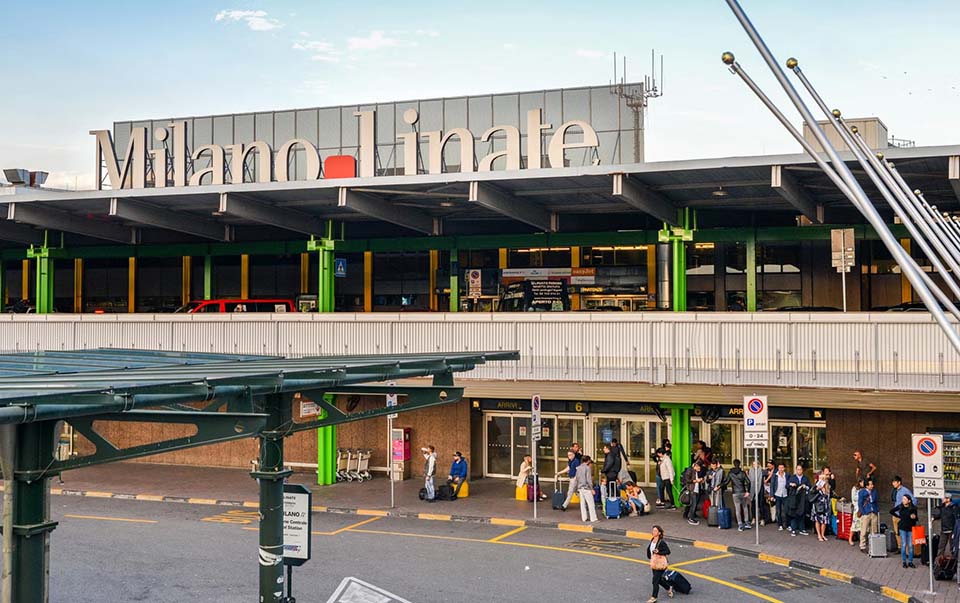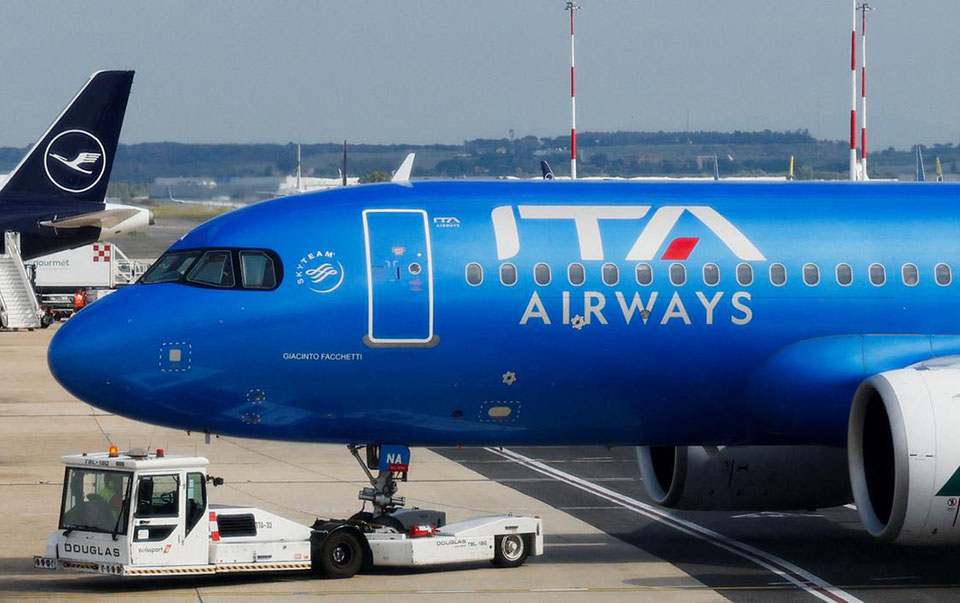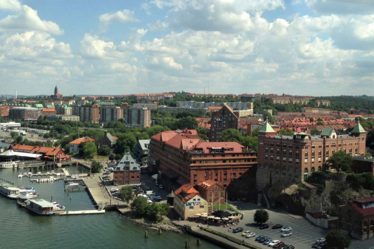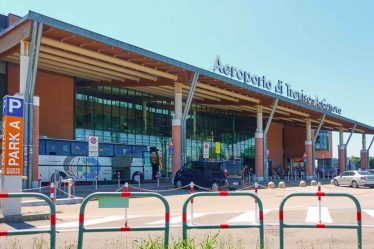
Every trip to Milan feels like a pilgrimage to the realms of art and fashion. Whether I’m attending one of the high-energy Milan Fashion Week shows or just soaking in the city’s artistic vibe while wandering the charming streets of Brera, each moment in Milan is a new discovery. But before I even land, the journey begins with making the right flight arrangements. I’ve come to realize that the key to a stress-free trip starts with how I plan and book my flights. Milan’s unique blend of style, culture, and history draws in an increasing number of tourists, business travelers, and students. This growing demand means that learning how to book my flights efficiently—especially by avoiding the peak travel times—has become an essential skill to ensure I get the most out of my Milan experience.
1. Understanding Milan’s Airport Landscape: Know the Two Main Airports
Milan is served by two major airports:
1. Malpensa Airport (MXP)
As Milan’s largest international airport, Malpensa is located about 50 kilometers from the city center. It handles the majority of long-haul and international flights from all over the world. With comprehensive facilities and a wide range of airline options, it’s the most popular entry point for travelers coming from outside Europe. However, due to its busy nature, especially during summer and holiday seasons, you can expect longer lines at security and more crowded terminals. Fortunately, transportation options between Malpensa and the city are abundant, including airport buses and train lines like the Malpensa Express.
2. Linate Airport (LIN)
Much closer to the city—just 7 kilometers away—Linate primarily serves domestic Italian flights and a few short-haul European routes. It’s ideal for business travelers or those arriving from nearby cities like Paris, Amsterdam, or Zurich. The airport is smaller and quieter, with faster security lines and streamlined arrivals, making it a great time-saving option for intra-European travelers.
My personal recommendation:
If you’re flying in from a European city such as Paris, Amsterdam, or Zurich, I highly recommend choosing Linate. Its proximity to the city makes arrival quick and efficient. For travelers coming from Asia or North America, Malpensa is your main option. Although it’s farther away, the variety of flight options and better long-haul connectivity make it the more practical choice.
2. Avoiding Peak Periods: Choose the “Smart Time” to Fly
1. High Travel Seasons
Based on experience, these periods are the busiest in Milan and flight prices tend to spike:
- Milan Fashion Week in March and September
- Summer holidays from July to August
- Christmas and New Year’s season in December
2. Tips for Avoiding Crowds
To steer clear of the masses, I usually follow these strategies:
- Fly mid-week: Flights on Tuesdays and Wednesdays, especially around noon or in the evening, are often cheaper and less crowded.
- Book 6–8 weeks in advance: For intra-European flights, booking early can save you up to 30% or more.
- Use price alert tools: I rely on platforms like Skyscanner and Google Flights with alerts set up, so I can grab tickets as soon as the price drops.

3. Lesser-Known but Efficient Routes into Milan
Popular cities like Paris, London, and Frankfurt tend to have high prices and crowded airports. Over time, I’ve discovered several “underrated routes” that are cheaper, less crowded, and offer a better overall experience:
1. Vienna → Milan Linate
Austrian Airlines operates several daily flights. The flight is under 1.5 hours, Vienna Airport offers smooth connections, and landing at Linate puts you right near the city—perfect for travelers from Central Europe.
2. Budapest → Milan Malpensa
Wizz Air frequently offers rock-bottom fares, especially during the low season, sometimes under €50 round-trip. Budapest Airport is efficient, and delays are rare—great for budget-minded travelers.
3. Barcelona → Milan Linate
Vueling and ITA Airways alternate on this route with multiple daily flights. These are usually operated by smaller aircraft, but the frequency allows for flexible planning.
4. Luxembourg → Milan Malpensa
One of my favorite discoveries. Luxembourg Airport is small and easy to navigate, and promotional fares are common. It’s a hidden gem route for travelers departing from western Germany or Belgium.
4. Layover Tips: Can Multi-Leg Flights Save You Money?
Many travelers coming from Asia or the Americas choose multi-leg journeys to save costs. I’ve personally tested several combinations:
1. Asia → Frankfurt/Amsterdam → Milan
For example, flying from Shanghai to Frankfurt and then catching an EasyJet or ITA flight to Milan can sometimes save thousands of RMB compared to direct flights.
2. North America → Paris → Milan
Paris Charles de Gaulle isn’t the easiest airport to transfer in, but its high frequency of flights and competitive prices make it suitable for budget-conscious travelers.
Things to keep in mind:
- Avoid short layovers; allow at least two hours between connections.
- If you’re flying different airlines that don’t share baggage handling, factor in time to reclaim and recheck your luggage.
- Choosing airlines within the same alliance (like Star Alliance) can simplify the process and provide better guarantees.
5. Transportation from the Airport to the City
1. Malpensa Airport (MXP)
- Malpensa Express: Departs from both T1 and T2 terminals, arrives at Milan Central Station in about 50 minutes. Tickets cost €13.
- Taxi: Around €90 to central Milan, a good option for groups or late-night arrivals.
- Airport Bus: Operators like Terravision run every 30 minutes, with fares ranging from €8–€10.
2. Linate Airport (LIN)
- Bus 73: Direct line to San Babila metro station, about 30 minutes, only €2.
- Taxi: Roughly €25, quick and easy with minimal wait times.
- Ride-hailing apps: Free Now and Bolt are reliable for airport pickups.
6. Flight Booking Platforms and Tips
I frequently switch between several trusted platforms depending on my destination, budget, and scheduling needs. Skyscanner is excellent for comparing prices across multiple airlines and offers a flexible date function that helps identify the cheapest travel days. Google Flights is my go-to for tracking historical price trends and setting alerts for sudden drops. For Italy-specific routes, the ITA Airways website often features exclusive deals that aren’t available on third-party sites. Kiwi.com is ideal for building unconventional, multi-leg journeys that can save both money and time.
Pro tip: After finding a good fare, always cross-check on the airline’s official website. Booking directly often means better rates, more generous cancellation or change policies, and faster customer service if anything goes wrong.
7. Useful Apps to Streamline Your Flight Experience
Technology makes travel easier—these apps are part of my flight routine. App in the Air provides real-time updates on flight status, boarding gates, and even queue lengths at security. FlightAware allows me to track my plane’s exact location in the air, which is crucial during tight layovers. For post-arrival travel, Trainline is my top app for booking trains across Italy and Europe, letting me easily connect to cities like Florence or Venice. Rome2Rio is invaluable for planning the best routes between airports and hotels, combining bus, train, taxi, and even ferry options into one clear travel map.

8. Final Tips and Lessons Learned
Flying to Milan might seem like a straightforward process, but getting it right can save you significant time, money, and hassle. Here are the principles I’ve consistently found effective:
- Avoiding peak seasons is more important than chasing the lowest fare: While booking during low-demand periods can be tempting, it’s often the busiest times that offer the best travel experiences. Fewer crowds, smoother check-ins, and less stress can sometimes be worth the slight increase in price.
- Consider your flight, layover, and ground transportation as one interconnected experience: It’s crucial to think about the entire journey—not just the flight itself. Factor in layovers and how easily you can get from the airport to your accommodation. A well-planned trip ensures a seamless experience from start to finish.
- Spending slightly more for a closer airport (like LIN) or direct flight often leads to better overall comfort: The convenience of landing closer to the city center or flying direct can make the extra cost worthwhile. Less time spent on transportation and fewer logistics to manage mean you’ll be able to enjoy your time in Milan even more.
- Don’t underestimate the value of smaller airports (like Budapest or Luxembourg) for great deals: Smaller airports often offer lower fares and faster services. These airports may not be as busy as major hubs, but they can provide a better experience and cheaper tickets. Always keep an eye on these lesser-known routes when planning your trip.
- Set price alerts and be patient—sometimes the best strategy is simply to wait for the drop: Price fluctuations are common in the airline industry, and waiting for the right moment can lead to significant savings. Setting price alerts on flight comparison tools allows you to monitor and snatch up deals as soon as they become available.
Milan is a city worth visiting again and again—not just for its world-class fashion, iconic architecture, and rich history, but for the atmosphere that makes every return feel like coming home to something new. Each journey to Milan offers fresh inspiration, whether you’re exploring a hidden trattoria or strolling through Brera’s cobbled lanes. Next time you plan your journey, don’t forget this pre-arrival playbook. Taking the time to prepare your flight and travel logistics in advance can transform what’s often a stressful part of travel into one of the smoothest, most enjoyable elements of your entire trip.


